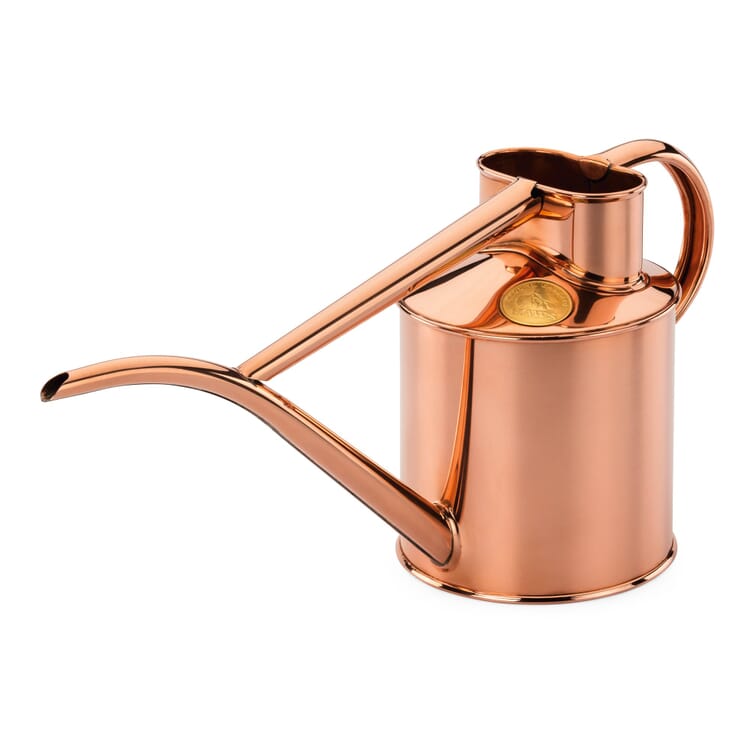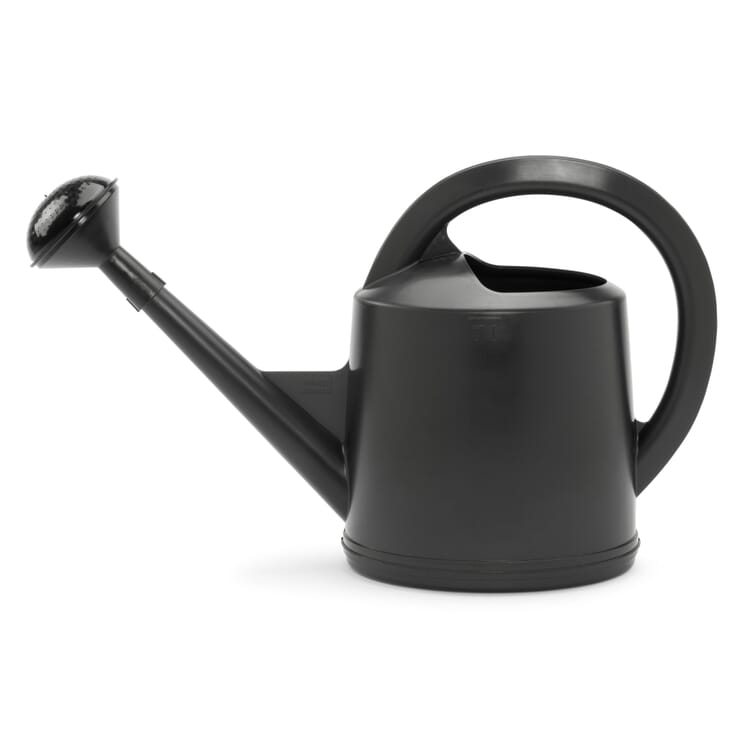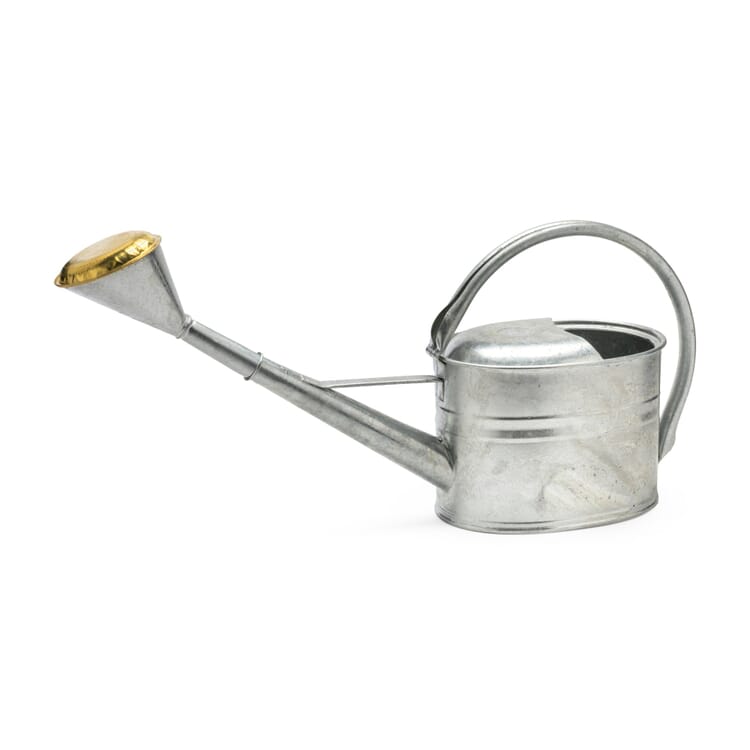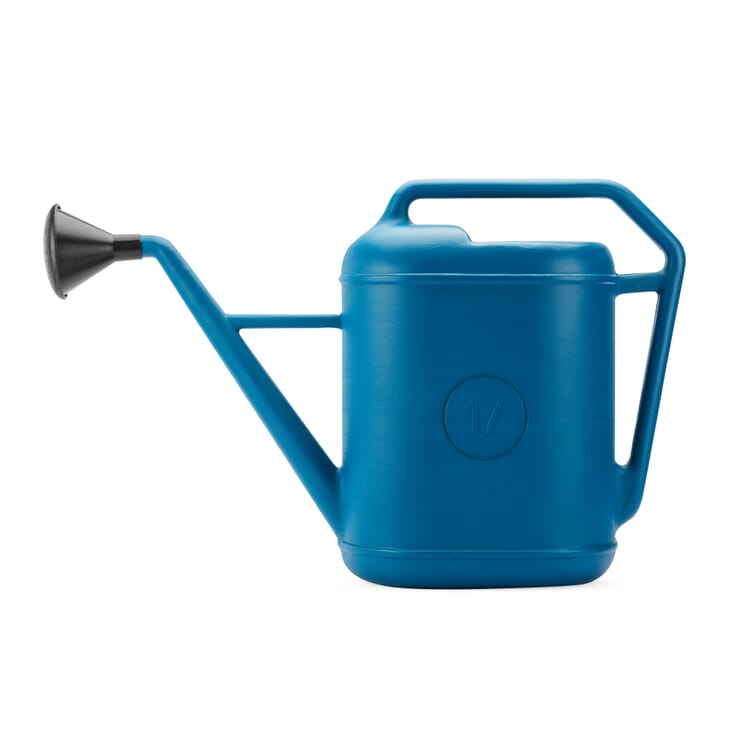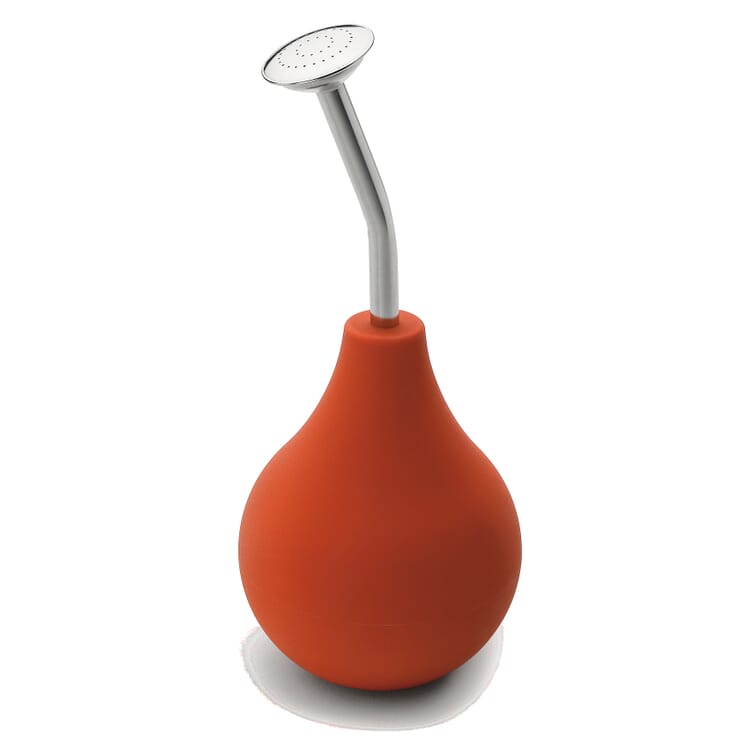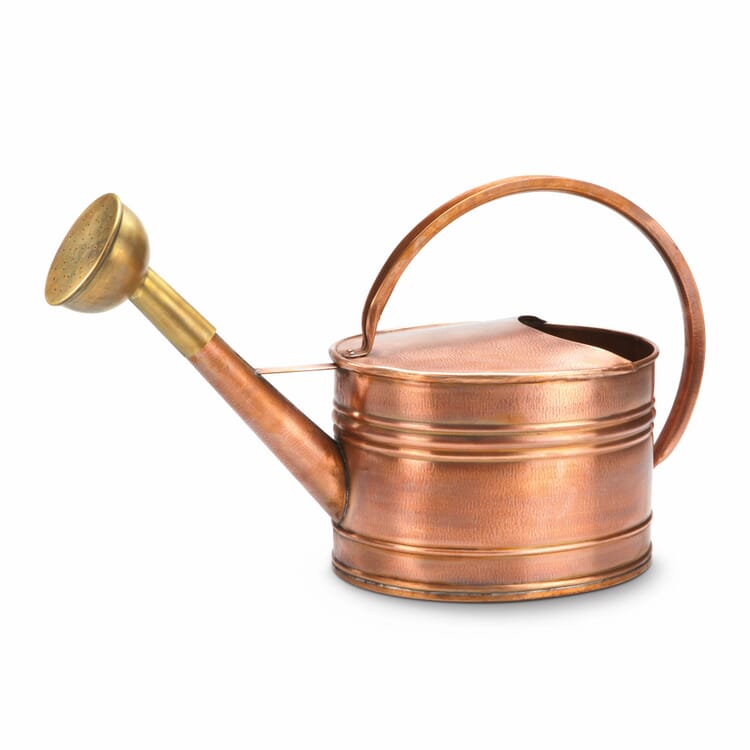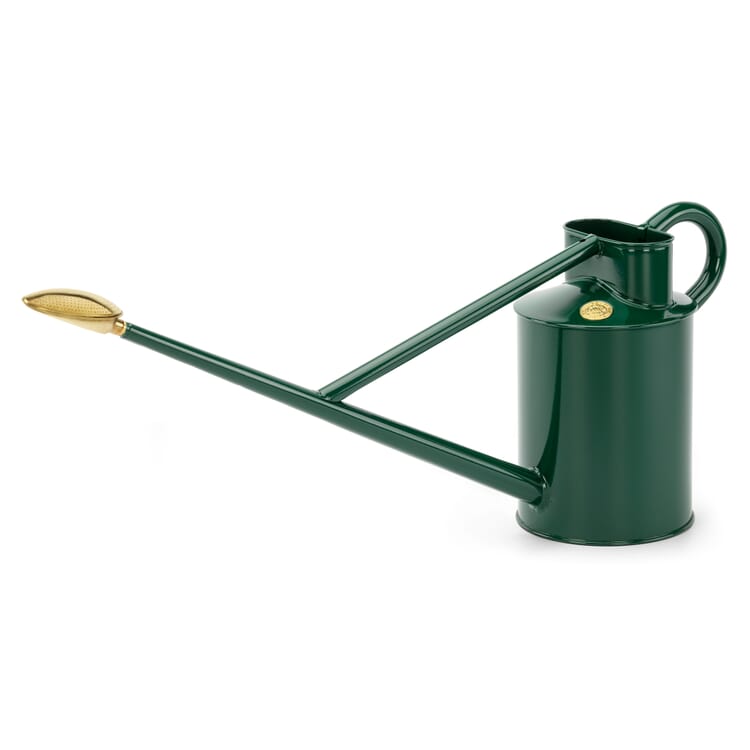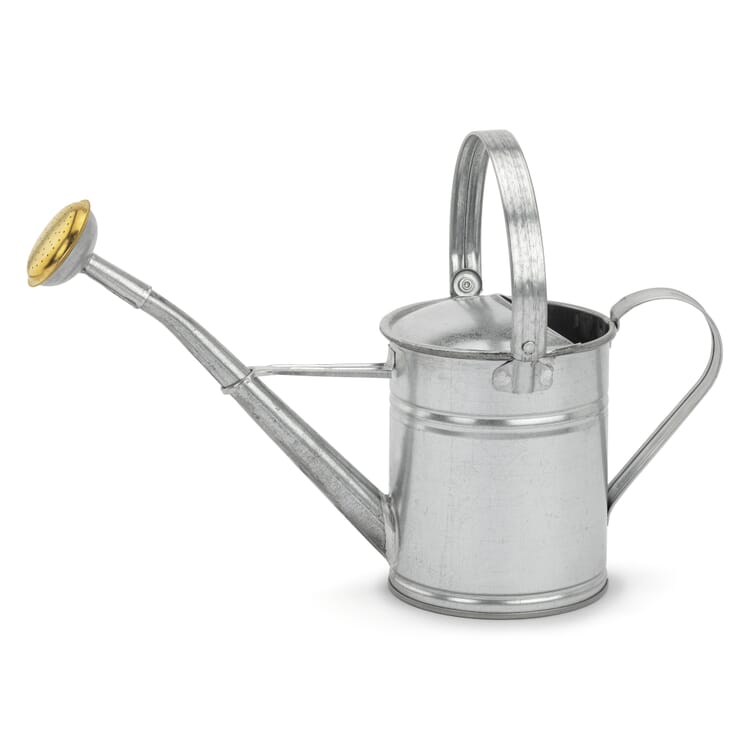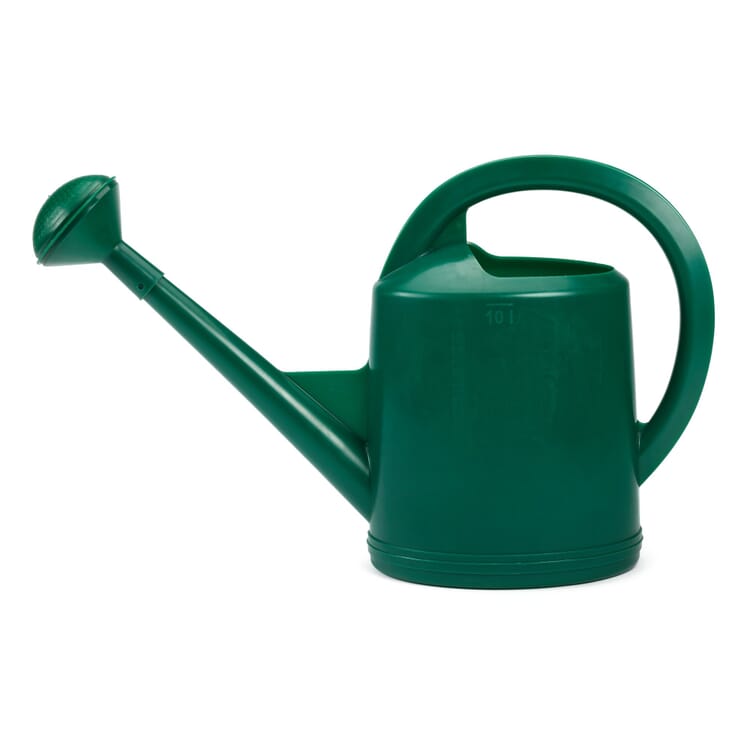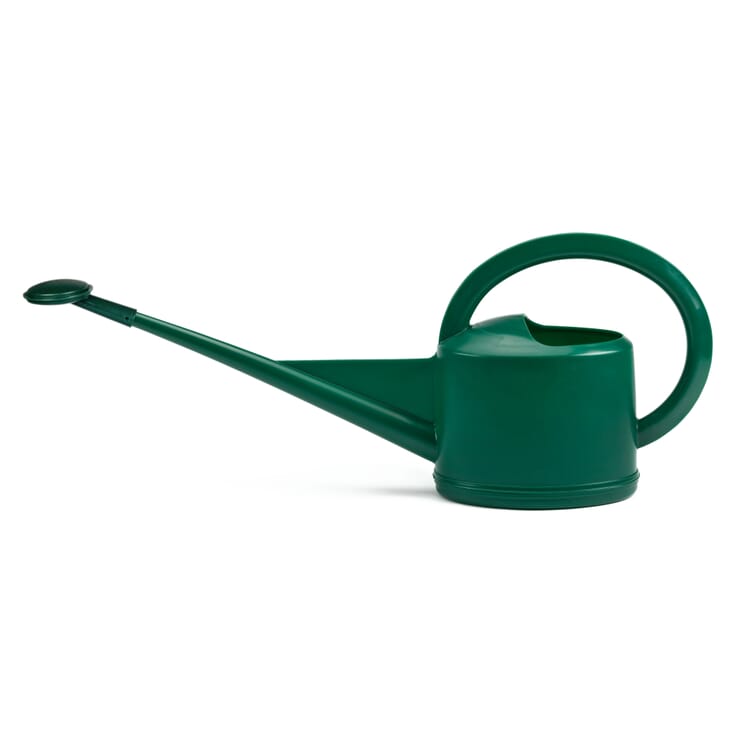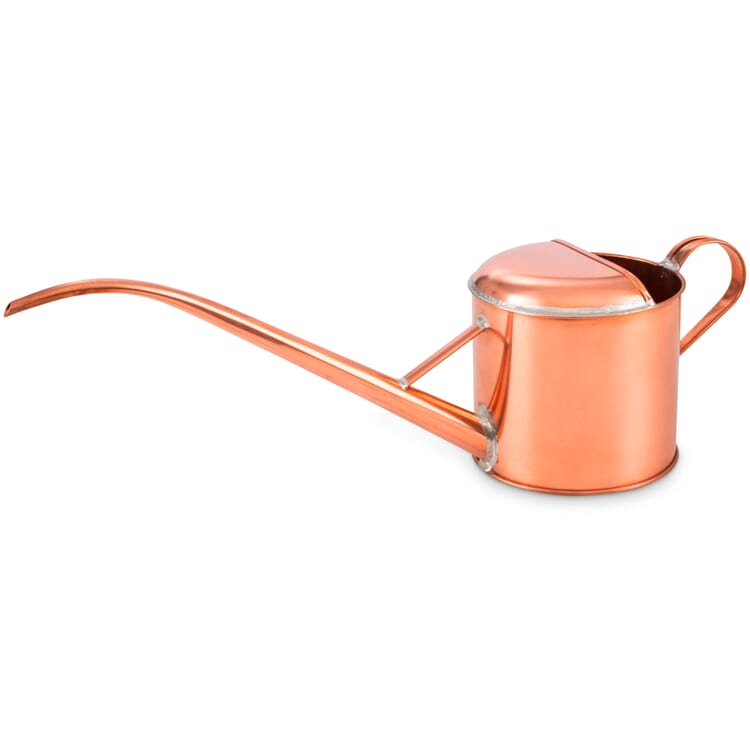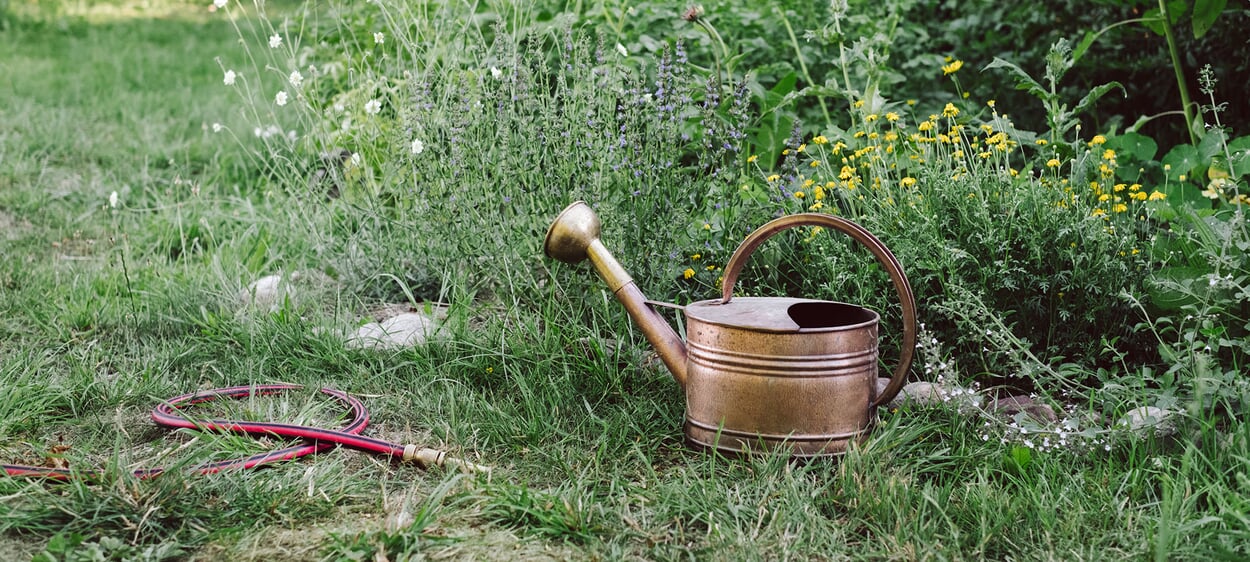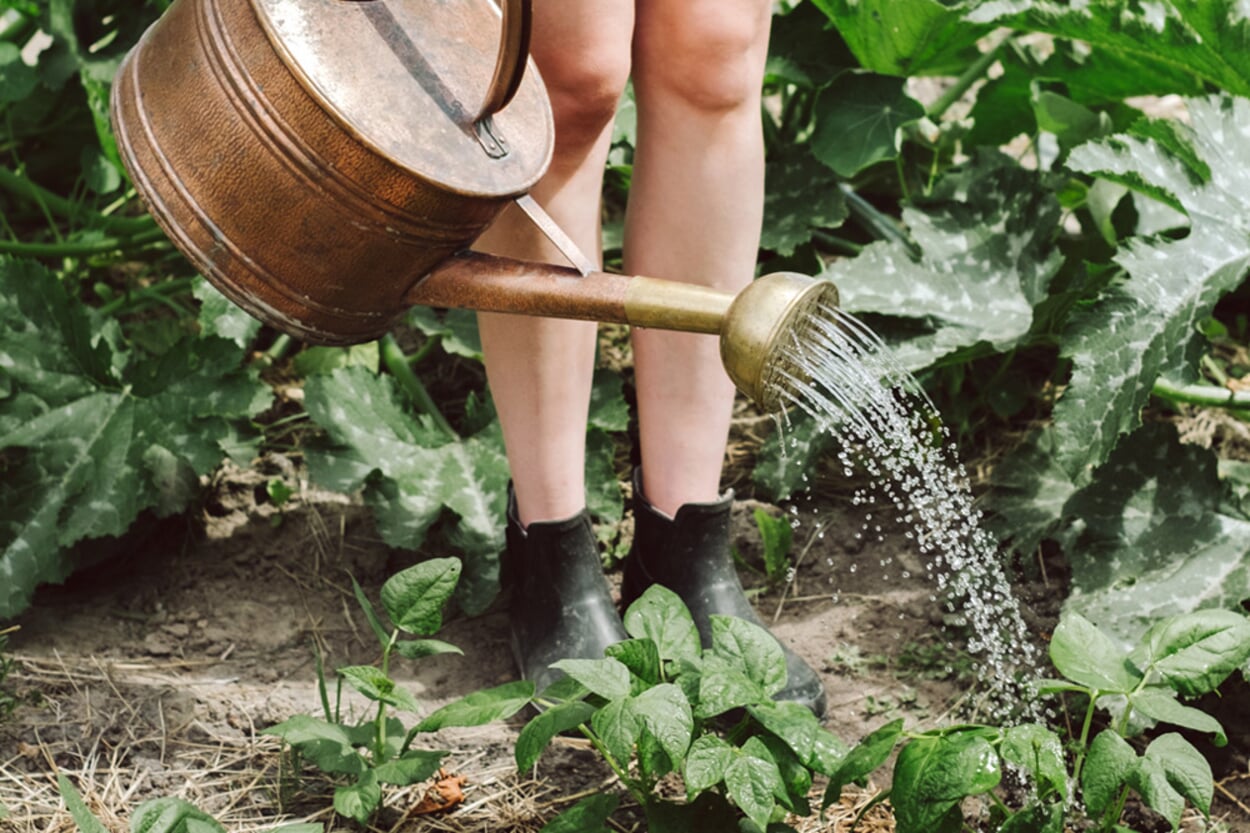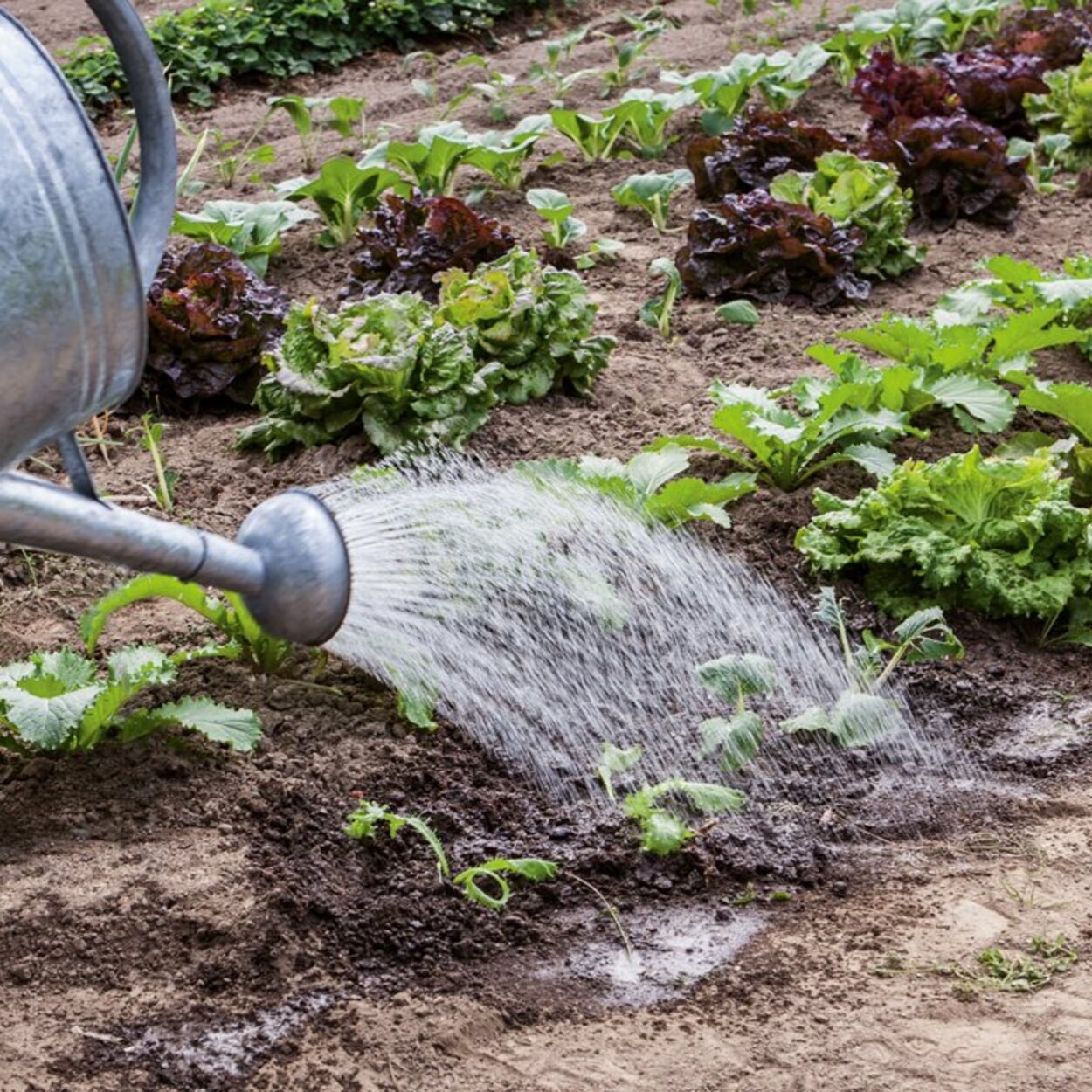Watering cans
Guides & Tips
Watering cans. There will be water
Light and carbon, soil and water - in summary, the basic requirements of a plant seem surprisingly modest. If we take a closer look at the requirements, it becomes clear that plant-friendly living conditions naturally depend on much more differentiated factors. The exact nature of the soil, the concentration of various minerals, the duration and intensity of light exposure, the duration and frequency of irrigation through rain, tidal changes or dew, and even the composition of the water - all these factors play a role. Land plants have developed countless strategies to make the most of the respective living conditions. With the exception of the icy deserts of the Arctic and Antarctic, land plants can be found everywhere, even in the desert, where some seeds can persist in the soil for years and only need an abundant rainfall to make the apparent wasteland blossom. Nevertheless, the fact remains: plants need water.
Rain brings blessings. Also from watering cans.
All good things come from above, especially water - and at least in our latitudes, where plants meet most of their needs through rainwater. From spring to fall, they do not necessarily lack light, but in recent years meteorologists and farmers have repeatedly recorded unusually long dry periods or periods occurring at unfavorable times of growth. Sooner or later, "free" nature will probably adjust to this, as it has done for millions of years. For the gardener and farmer living in the here and now, however, rain as a natural means of irrigation is becoming increasingly "unreliable." Even in the garden and on the balcony, it is important to provide regular and adequate irrigation. During longer dry periods, therefore, one simply cannot avoid having a water hose and watering cans ready - especially in the vegetable garden, if one does not want to do without the harvest. If it doesn't rain from buckets, then at least from watering cans.
You conserve public (groundwater) and private (wallet) resources alike when you collect it to redistribute the rain - which pours down on the just (vegetable plants) and the unjust (the patio's paving stones) alike - as needed. Here we present some adequate equipment for this purpose.
As much as necessary, as little as possible.
A little expertise and care is required to bring the beneficial wet to the plant. In the process, water consumption can and should be kept as low as possible. Water is a precious resource that must be used sparingly. It therefore makes sense in any case to collect rainwater in a garden: - Rainwater is free of charge; - It saves drinking water and thus valuable resources; - It is softer, thus contains less lime than drinking water, and is thus more suitable for plants. Once collected, the water from the rain barrel can be quickly and easily applied with watering cans as needed. Because in some borders, an automatic watering system would do more harm than good - and that's where watering cans come in.
Watering cans: functionality brought into shape.
The following also applies to the design of a watering can: Pure head-births do more harm than good. The design of watering cans should rather be oriented to the respective need and be designed accordingly functional. For example, an extensive bed requires the use of well-balanced, larger watering cans. The galvanized watering can, for example, with its two carrying handles, can be grasped with both hands and is therefore easy to handle even when it is filled to the brim. Watering cans such as the "Long Reach" from England with its elongated spout allow the water to be applied close to the ground without the need to bend over. This prevents sensitive plants from having their leaves wet and burned by intense sunlight. Tender seedlings require a gently fine yet wide-area application. This type of watering is made possible by watering cans such as the Swiss greenhouse can, the shape of which is also preferred by nurseries. Watering cans for houseplants should primarily allow for targeted and metered watering, such as the indoor watering can copper. From watering cans designed to meet needs, to watering tools and garden hoses, to oscillating sprinklers - you'll find all the utensils you need to ensure optimal watering in the garden, on the balcony, and even on the windowsill at Manufactum.





